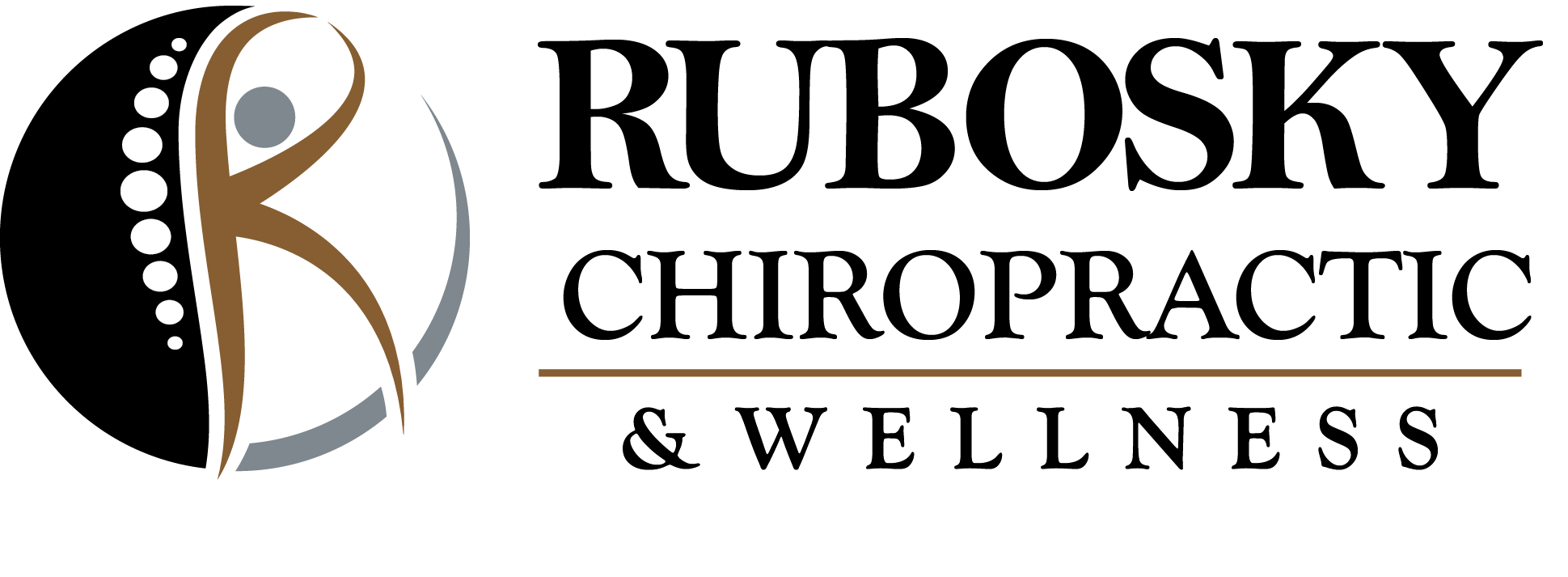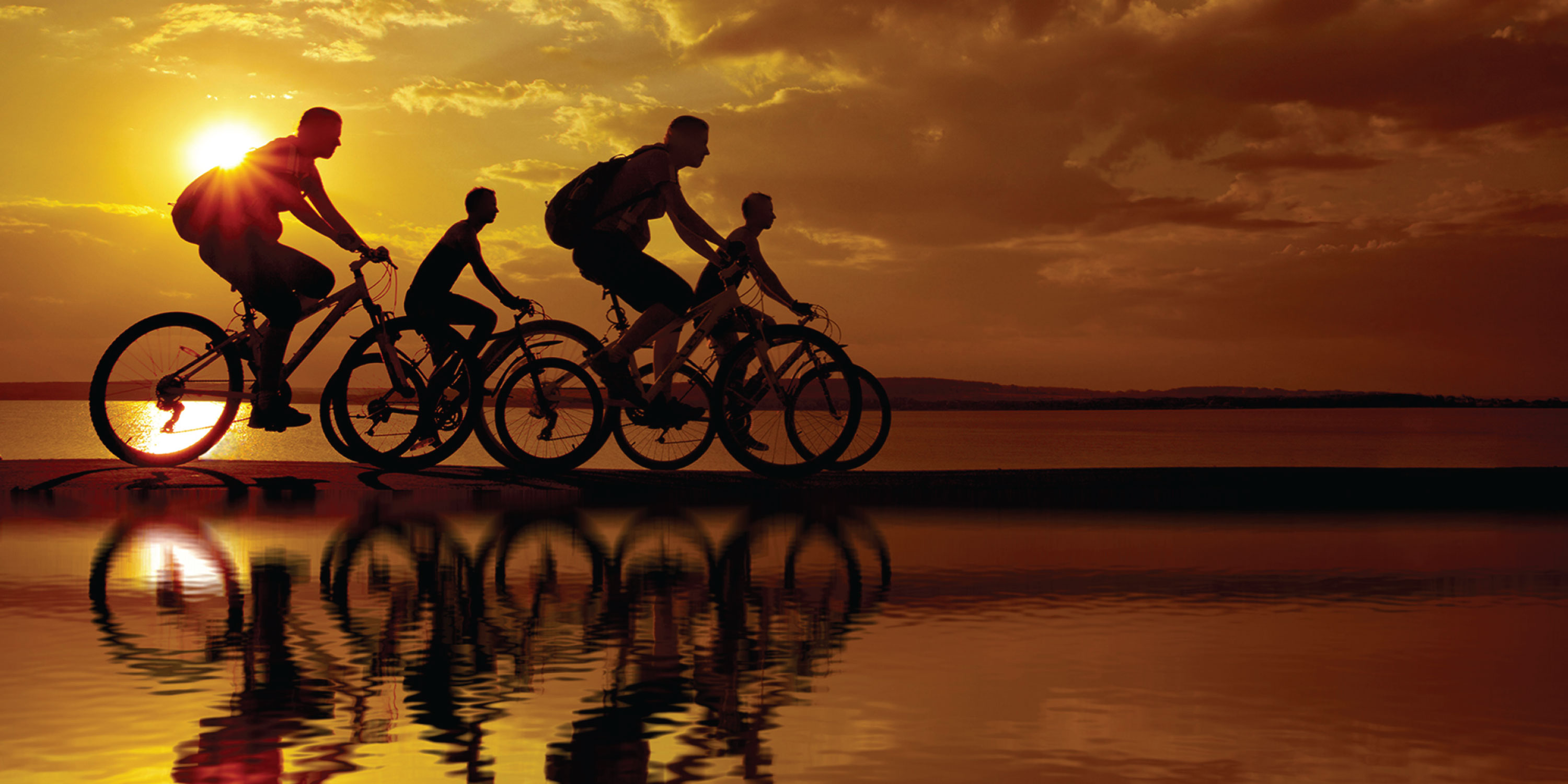Dr. Rubosky believes an active and holistic approach leads to an active lifestyle, and that starts with chiropractic techniques. Not everyone is treatable by just one technique. Dr. Rubosky’s mastery of multiple techniques allows him to uniquely treat every patient based on their diagnosis by finding and combining the right techniques. Aided by the most advanced digital imaging and chiropractic technology, Dr. Rubosky is able to provide a full-continuum of care.
Each technique is practiced to help your body begin and continue its own healing process, all within the comfort of our spa-like atmosphere.

